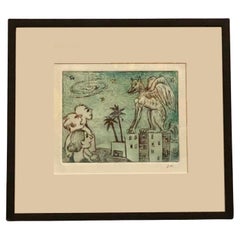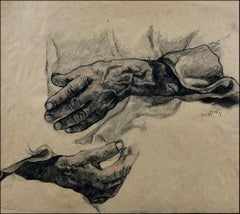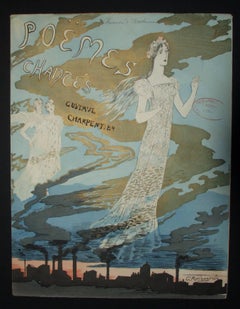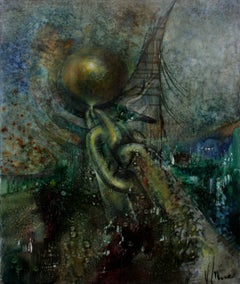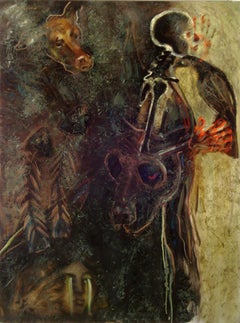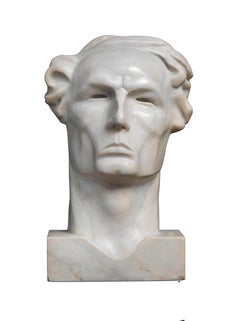Symbolist Art
Late 20th Century Symbolist Art
Etching
21st Century and Contemporary Symbolist Art
Paper, Charcoal
1880s Symbolist Art
Lithograph
21st Century and Contemporary Symbolist Art
Canvas, Oil
2010s Symbolist Art
Oil, Canvas
Early 20th Century Symbolist Art
Marble
1920s Symbolist Art
Paper, Photogravure
Early 20th Century Symbolist Art
Woodcut
1970s Symbolist Art
Etching, Screen
Early 20th Century Symbolist Art
Woodcut
Early 20th Century Symbolist Art
Woodcut
Early 20th Century Symbolist Art
Woodcut
1850s Symbolist Art
Photogravure
2010s Symbolist Art
Canvas, Oil
1920s Symbolist Art
Engraving
Early 20th Century Symbolist Art
Engraving
Early 20th Century Symbolist Art
Engraving
1990s Symbolist Art
Porcelain
Early 20th Century Symbolist Art
Engraving
Early 20th Century Symbolist Art
Engraving
Early 20th Century Symbolist Art
Engraving
Early 20th Century Symbolist Art
Woodcut
Early 20th Century Symbolist Art
Pastel, Pencil
2010s Symbolist Art
Canvas, Oil
2010s Symbolist Art
Canvas, Oil, Oil Pastel
Mid-20th Century Symbolist Art
Ink, Watercolor
1890s Symbolist Art
Lithograph
Early 1900s Symbolist Art
Lithograph
2010s Symbolist Art
Canvas, Oil
1880s Symbolist Art
Etching, Aquatint
2010s Symbolist Art
Canvas, Oil
19th Century Symbolist Art
Wood, Paint
1920s Symbolist Art
Engraving
1970s Symbolist Art
Lithograph
2010s Symbolist Art
Canvas, Oil
2010s Symbolist Art
Canvas, Oil
21st Century and Contemporary Symbolist Art
Ink, Wood, Acrylic
21st Century and Contemporary Symbolist Art
Paper, Ink, Acrylic, Color Pencil
21st Century and Contemporary Symbolist Art
Paper, Pencil
21st Century and Contemporary Symbolist Art
Polyester, Acrylic
2010s Symbolist Art
Marble
21st Century and Contemporary Symbolist Art
Polyester, Acrylic
2010s Symbolist Art
Marble
1970s Symbolist Art
Glass, Wood, Oak, Photographic Film, Photographic Paper, Black and White...
Mid-20th Century Symbolist Art
Lithograph
Mid-20th Century Symbolist Art
Lithograph
21st Century and Contemporary Symbolist Art
Ink, Bamboo Paper
2010s Symbolist Art
Acrylic, Glue
Mid-20th Century Symbolist Art
Lithograph
21st Century and Contemporary Symbolist Art
Paper, Acrylic, Color Pencil
21st Century and Contemporary Symbolist Art
Acrylic, Color Pencil, Paper
1960s Symbolist Art
Lithograph
2010s Symbolist Art
Canvas, Oil
21st Century and Contemporary Symbolist Art
Ink, Wood, Acrylic
21st Century and Contemporary Symbolist Art
Canvas, Ink, Acrylic
2010s Symbolist Art
Cotton, Watercolor, Archival Pigment
1950s Symbolist Art
Wax Crayon
21st Century and Contemporary Symbolist Art
Ink, Acrylic, Archival Paper
Late 19th Century Symbolist Art
Pencil, Paper
2010s Symbolist Art
Metal
